Kaldi installation and configuration graphic tutorials under Ubuntu
The kaldi [voice recognition] (https://cloud.tencent.com/product/asr?from=10680) tool is required for the company's business needs. Now the steps of Kaldi environment configuration are listed for recording:
- Install the virtual machine:
Download the virtual machine VMware and install it. The virtual machine installation is relatively simple. You can install it by yourself on Baidu, so I won't repeat it here.
- Ubuntu operating system installation:
Download the Ubuntu image file, I chose the Ubuntu 16.04 version.
- Install the Ubuntu system on the virtual machine. This step will be explained in detail as follows:
3.1 After VMware is installed, choose to create a new virtual machine
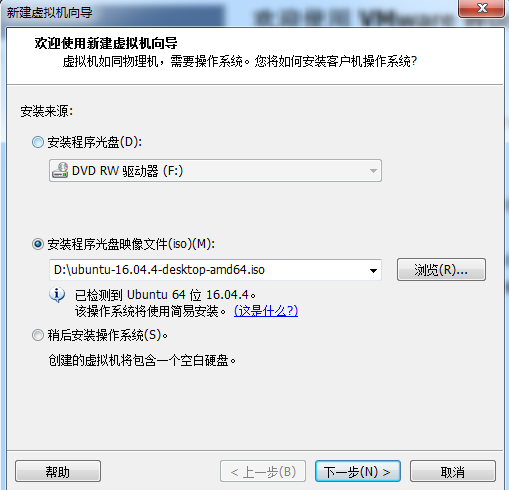
3.2 Select the downloaded image file
3.3 Choose Next, set the system name and password

3.4 Continue to click Next to set the system installation location, here you can choose a larger disk
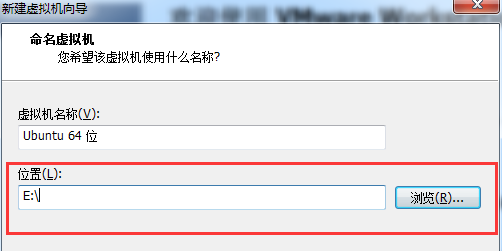
3.5 Continue to the next step to select the disk capacity. It is recommended to choose a larger size here, otherwise Kaldi will run the data afterwards and there will be insufficient capacity errors
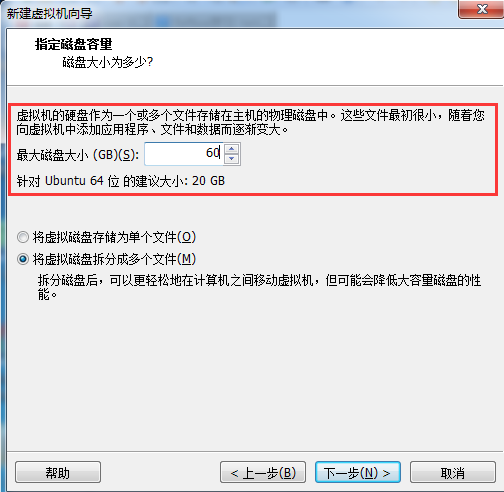
3.6 Next, choose custom hardware settings, it is recommended to adjust the memory and processor, my computer memory 8G here set 6G,
Because the Kaldi data set is generally relatively large, it consumes more memory during operation, so adjust it here to increase the number of processors according to the configuration of your computer
Adjust accordingly
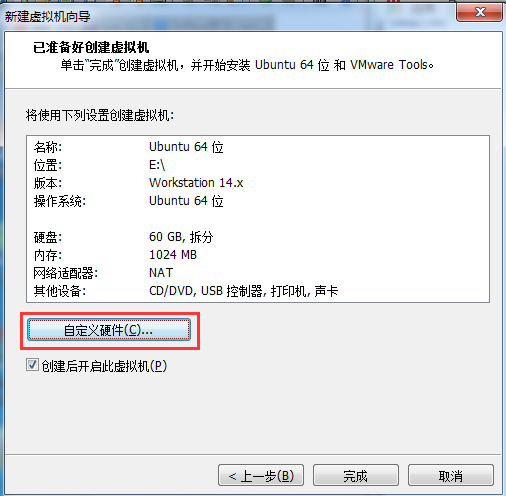
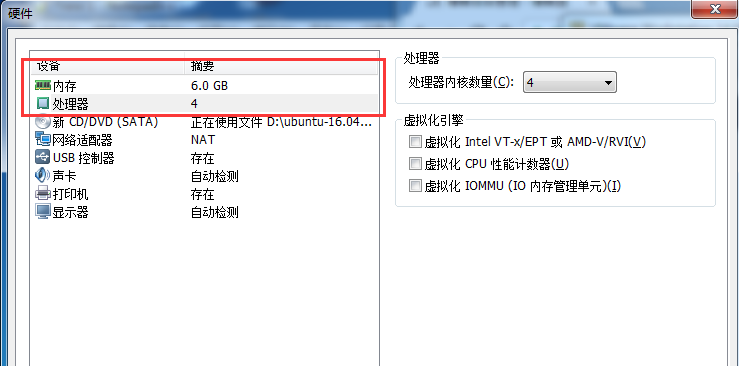
3.7 Return to the previous page and click Finish. Wait for VMware to automatically install the Ubuntu system
- Install Kaldi under ubuntu
4.1 Open the unbuntu terminal and use the Ctrl+Alt+T shortcut key to open it directly, enter
git clone https://github.com/kaldi-asr/kaldi.git kaldi-trunk –origin golden
That is, download the latest version of Kaldi from github. Because Kaldi is continuously updated and maintained on github, the Kaldi under this path
The version is relatively complete, and the source code of the required examples and running examples are available,
If ubuntu does not have git installed, use the following command to install it:
sudo apt-get install git
4.2 After the download is complete, unzip it, find the compressed package of Kaldi and right click to extract it.
4.3 Directory introduction: The tools directory is all packages that Kaldi depends on. egs is an example provided by Kaldi, which contains commonly used data sets to run
Source code, src directory is the source code of Kaldi
4.4 Kaldi compilation
4.4.1 Make sure to install the following components before compiling:
apt-get,subversion,automake,autoconf,libtool,zlib,wget,libatal
Use the following command to install:
sudo apt-get install <component name>
4.4.2 Enter the tools directory to compile
cd kaldi/tools into the kaldi/tools directory
make or make -j 4 (multi-core parallel) download and compile
The process is relatively slow, and some components will be downloaded and installed the first time you perform make.
4.4.3 Enter the src directory to configure and compile
cd ../src switch to the kaldi/src directory
./configure kaldi configuration before running
make kaldi compile
The make process is relatively time-consuming, when the log finally shows
echo Done
Done
It succeeded.
During the period, you may encounter various error messages. When the error is reported, the component is missing or the component is incomplete, if it prompts that the component is missing
Install the corresponding components. If you find that an error is reported after the installation, the possible cause is that the component content is not fully downloaded.
Just download it.
to sum up
The above is a graphic tutorial for the installation and configuration of kaldi under Ubuntu introduced by the editor. I hope it will be helpful to you. If you have any questions, please leave me a message. The editor will reply to you in time. Thank you very much for your support to the ZaLou.Cn website!
Recommended Posts